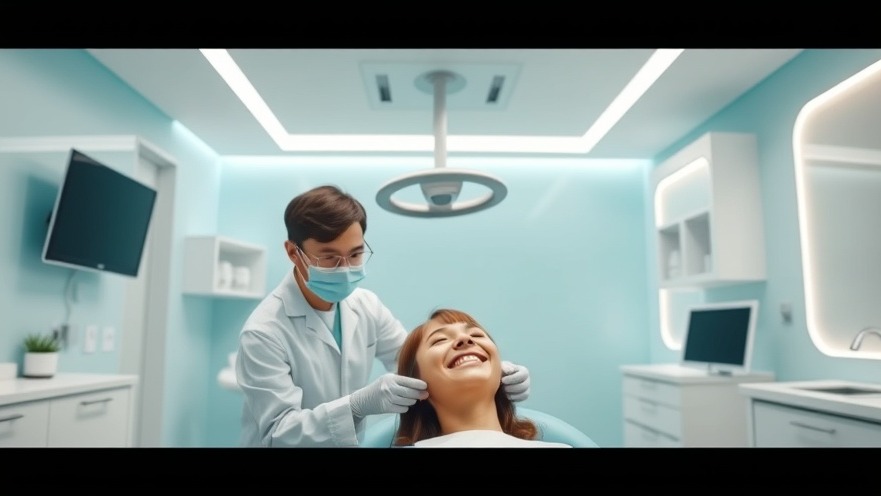
The Dawn of Digital Dentistry: A Historical Perspective
Digital dentistry has transformed the landscape of oral health care since its inception. This evolution can be traced back over the past four decades, particularly highlighted by the advent of CEREC in 1985. Initially heralded as a groundbreaking technique in chairside dentistry, CEREC has paved the way for numerous innovations, leading to significant improvements in producing dental crowns and ultimately enhancing patient experience.
Modern Innovations: Embracing Cloud-Based Solutions
During a recent interview, Max Milz of Dentsply Sirona discussed how the shift toward cloud integration is redefining the paradigms of dental practices. With DS Core, Dentsply Sirona connects an impressive array of around 43,000 practices with over 50,000 devices—including scanners, mills, and printers. This seamless connectivity facilitates not just a more efficient workflow but enhances clinical outcomes.
Why “Boring” Technologies Can Be Exciting
In a field characterized by rapid advancements and flashy gadgets, Milz aptly noted that sometimes "boring is the new sexy." This perspective highlights the value of stability and reliability in dental technology, where well-integrated systems can significantly enhance a practice's efficacy without necessarily being the latest trend. For Dr. Emily Johnson, this means focusing on proven technologies that provide concrete benefits over time.
AI and Its Role in Tomorrow's Dentistry
The quiet revolution of AI in digital dentistry cannot be overstated. The recent updates in DS Core have introduced features like AI-powered tooth segmentation, which promises to enhance visualization and patient assessments. Integrating AI not only streamlines operations but also minimizes errors, ensuring a higher standard of care that ultimately preserves patient trust—an invaluable currency in modern dentistry.
Reimagining CEREC: A Legacy Reinvented
Milz passionately speaks to the 40-year legacy of CEREC, noting how current advancements such as 3D printing have rejuvenated its relevance in contemporary practices. Rather than being overshadowed by newer technologies, CEREC finds itself being reenergized, particularly as it integrates with these innovative tools to optimize chairside practices.
Looking Ahead: What Lies on the Horizon for Digital Dentistry?
The next wave of digital dentistry will likely prioritize comprehensive integrated ecosystems that connect all facets of dental practice. For Dr. Johnson, being proactive in adapting to these changes is paramount for maintaining competitive advantage. Keeping abreast of technological developments not only sharpens her practice’s operational efficiency but also ensures sustained trust with her patient base.
Emphasizing Patient Trust and Experience
As dental technology advances, one of the primary foci must remain patient experience. Innovations such as DS Core provide tools that enhance clinical capabilities, but they also serve to reinforce the trust patients place in their providers. For practitioners like Dr. Johnson, it is vital to integrate these technologies seamlessly into her practice without overwhelming her patients. It’s about striking the right balance—enhancing the quality of care while keeping the patient experience at the forefront.
Final Thoughts: Navigating the Future of Your Practice
Adapting to the rapid technological shifts in dental care is a challenge, yet it is also an opportunity. Whether it's through exploring cloud-based options or embracing AI, the focus should remain on improving practice growth while fostering patient trust. Staying informed about these developments will enable practitioners like Dr. Emily Johnson to not only thrive but also lead in their communities as trusted dental care providers.
 Add Row
Add Row  Add
Add 




Write A Comment